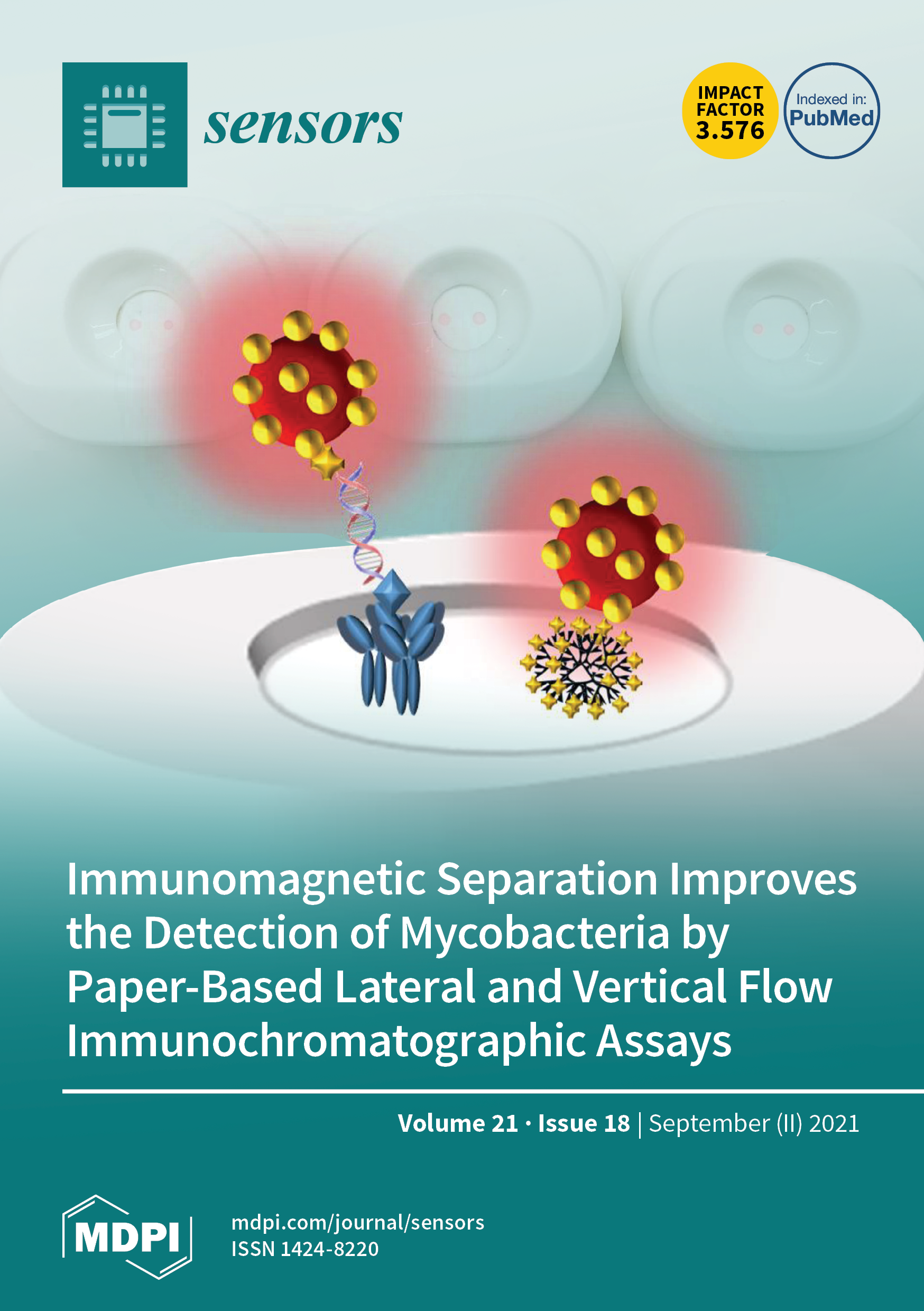

Fernand Bourges has been described as “one of the great technical photographers produced during the first half of the 20th Century.” As a young man he worked in New York as a photo-engraver. The separations are the product of the Bourges-Bruehl studio. The collection dates from approximately 1936 through 1953. Each set comprises four black-and-white 8″ × 10″ dry gelatin glass-plate negatives, representing the yellow, magenta, cyan, and black components of the image. The Bourges-Bruehl Collection contains approximately 1,500 sets of four-color separations created primarily for Life magazine from paintings and drawings. The condition of the collection, its cataloguing and storage, and the use of the plates to recreate full-color images for research purposes is discussed.

Each set of these separations consists of four 8″ × 10″ dry gelatin glass plates, corresponding to the yellow, magenta, cyan, and black plates used in the printing process. 1-13) The Bourges-Bruehl Collection: Reproducing Color from Glass Separation Negatives by Jim Wallace, Joe Goulait, and Hugh Talman Printing and Photographic Services, Smithsonian Institution Abstractįrom the middle 1930's through the early 1950's, the Bourges-Bruehl studio produced more than 1,500 sets of color separation negatives of paintings, drawings, and other works of art for publication in Life magazine. Topics in Photographic Preservation 1991, Volume 4, Article 1 (pp.


 0 kommentar(er)
0 kommentar(er)
